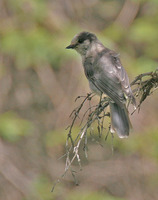|
| Query: bird | Result: 15733rd of 32675 | |
Gray Jay - Perisoreus canadensis

| Resolution: 504x640
File Size: 82639 Bytes
Date: 2007:06:26 17:07:31
Camera: Canon EOS 20D (Canon)
F number: f/6.3
Exposure: 1/800 sec
Focal Length: 420/1
Upload Date: 2008:07:21 00:18:06
|
|
|

